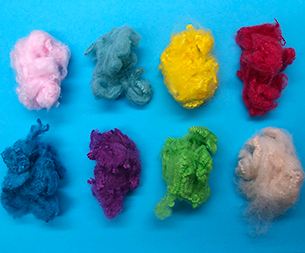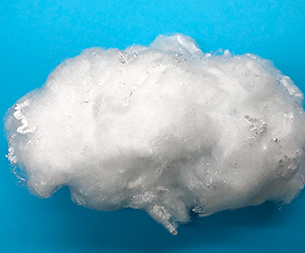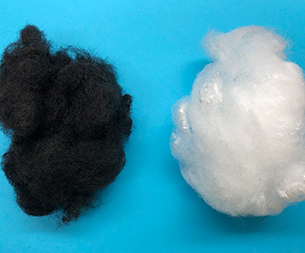Digital printing has penetrated into clothing, home textiles, automobile decoration, advertising, personalized customization and other fields. In our country, new textile materials matching digital inkjet printing technology, which has independent intellectual property rights, has brought more personalized experience to the textile industry. Digital printing textiles are close to life, integrating art and technology, and well interpreting the current concept of environmental protection trend. It is a perfect connection between the production and design of textile processing industry. In the future, the popularity of digital printing products will be higher and higher, and digital printing will become the inevitable trend of the development of printing and dyeing industry.
From 2019 to 2021, China's output of digital inkjet printing cloth increased from 1.4 billion meters to 3 billion meters, up 20% in 2021 compared with 2020. As a result, the output of China's textile digital printing cloth is expected to reach 4.3 billion meters in 2023, accounting for more than 15% of the entire textile printing market. Digital heat transfer printing has the advantages of environmental protection, efficiency, flexibility, simplicity and high-quality output, which conforms to the development strategy of industrial upgrading, energy conservation and emission reduction and people's personalized consumption trend. The country is expected to produce 7.5 billion meters of digital inkjet prints by 2026.
Textile digital inkjet printing ink is rich in types, all belong to water-based ink, according to the nature of the colorant, can be divided into dispersive ink, active ink, acid ink and paint ink, etc., which are commonly used in dispersive ink, active ink and paint ink. In 2021, dispersive dye ink is expected to account for 79.78% of the total textile digital printing ink consumption, active ink accounted for 10.31%, coating ink accounted for 8%.
The cost of digital printing in China has decreased, and the transformation of flat-net printing customers has accelerated
With the technological progress of digital printing equipment, the improvement of production efficiency and the decline of ink price, digital printing equipment has been developing towards a higher speed in the past two years. From the first 3/4 head machine to the current 12/15 head machine, the rapidly increasing production speed has gradually caught up with the comprehensive cost of traditional printing. With the market application of the transfer printing machine with 30 heads and even more nozzles, its production cost continues to decrease, and its competitiveness compared with traditional printing is becoming more and more obvious.
Textile digital printing ink market size and growth of our country
In 2019, the consumption of textile digital ink-jet printing ink was 22,800 tons, but the growth rate slowed to 24,900 tons in 2020 due to the epidemic. In 2021, due to the stable control of the epidemic, the liberalization of import and export trade and the economic recovery, the consumption of textile digital ink-jet printing ink was about 30,700 tons. It is estimated that by 2023, textile digital ink jet printing ink consumption will reach about 38,600 tons, and about 49,000 tons by 2025.
In general, although the market growth of China's textile industry has slowed down in 2022, digital printing still has great market growth potential in the future due to its unique advantages.
- Polypropylene staple fiber is wi
- How to better exert the power of
- The characteristics of all aspec
- Internet technology changes cons
- Polypropylene staple fiber proce
- The traditional peak season has
- The performance advantages of Hy
- Operation analysis of China's in
- What factors are Polypropylene s
- From January to August this year
- Markets
- Automotive Products
- Nonwoven Lining
- Geosynthetics
- Liquid Filtration
- Apparel and Textiles
- Hygiene Products
- Building and Construction
- Other Markets
- Contact Us
- Contact Haibang





